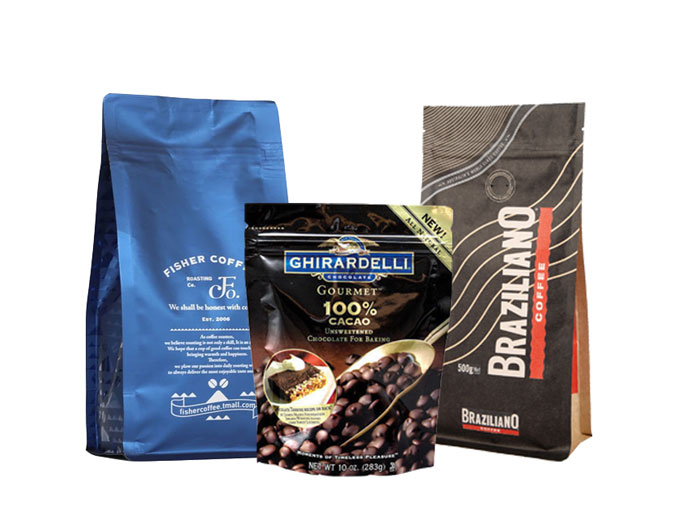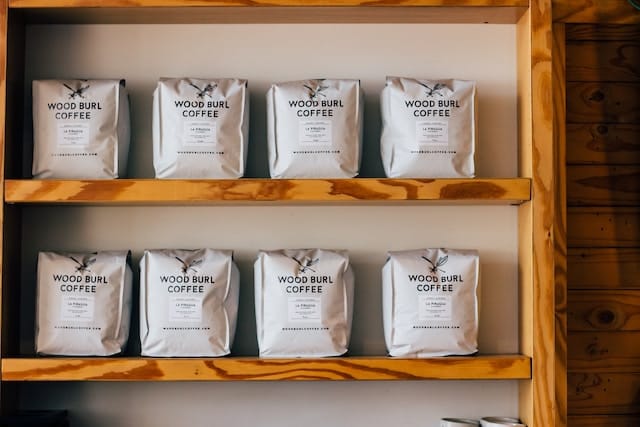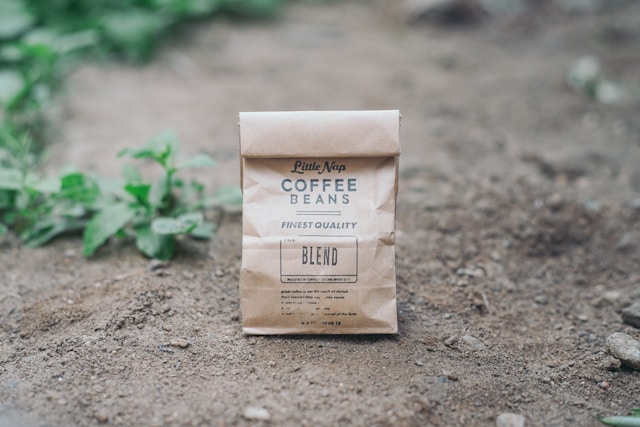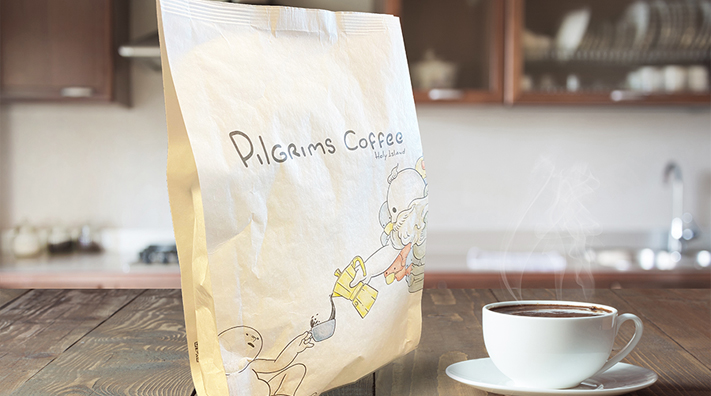
Are coffee bags recyclable? It’s a simple question, but the answer can be surprisingly complicated. Coffee bags come in all shapes, sizes, and materials, and not all are created equal when it comes to sustainability.
Coffee bags can be recyclable, but it depends on their material composition. Single-material pouches, especially those made of PE or PP, are easier to recycle compared to mixed-material bags that include foil or plastic layers.
When it comes to sustainability, understanding the options available is the first step.
What are the environmental benefits of using biodegradable coffee pouches?
Biodegradable coffee pouches are a game-changer for sustainability. They break down into natural elements, reducing landfill waste and environmental impact while supporting eco-conscious businesses like yours.
Biodegradable coffee pouches help reduce waste, improve soil quality through composting, and align with eco-friendly business practices. They are ideal for environmentally aware consumers and brands.

Biodegradable materials like PLA (polylactic acid) or kraft paper decompose under industrial composting conditions. This reduces plastic waste and can even contribute nutrients to the soil. However, remember to check for certification; not all “biodegradable” claims are legitimate. Labels like [EN 13432] ensure authenticity.
Types of Coffee Bags and Their Recyclability
Coffee bags come in a variety of designs and materials. From kraft paper to aluminum-lined pouches, recyclability often hinges on their composition.
Single-material coffee bags, such as those made from mono-PE or mono-PP, are easier to recycle compared to multi-layered options with mixed plastics and aluminum.
| Type of Coffee Bag | יכולת מיחזור |
|---|---|
| Kraft Paper Bags | Compostable, not recyclable |
| Aluminum Lined Bags | Difficult to recycle due to mixed materials |
| PE/PP Bags | Highly recyclable if properly sorted |
Single-material bags win when it comes to ease of recycling. However, options like compostable bags can also be sustainable for those with access to composting facilities.
What materials are commonly used in recyclable coffee bags?
The materials used in coffee bags determine whether they can be recycled effectively.
Recyclable coffee bags are commonly made from polyethylene (PE), polypropylene (PP), or other mono-material plastics designed to be repurposed.
PE and PP are popular choices for recyclable bags due to their durability and wide recyclability. Avoid multi-layered bags with aluminum or PVC, which are not recyclable in most facilities. Look for certifications for clarity.
How do I properly recycle a 100% recyclable coffee bag?
Recycling a coffee bag sounds simple, but small mistakes can render it non-recyclable. Knowing the steps ensures your efforts count.
To recycle a coffee bag, empty and clean it thoroughly, remove any non-recyclable components like valves, and follow local recycling guidelines.
- Empty and Clean: Remove all coffee grounds to avoid contamination.
- Check for Labels: Look for recycling symbols or specific instructions.
- Remove Extras: Detach valves or zippers if they are not recyclable.
- Sort Appropriately: Ensure the bag goes into the correct recycling stream.
What are the best practices for recycling coffee pouches?
Recycling coffee pouches effectively requires more than tossing them in the bin. Let’s talk best practices.
Clean, dry, and separate recyclable coffee pouches before disposing of them according to local regulations. When in doubt, consult your recycling center.
Common Mistakes to Avoid
- Contaminating Recycling Streams: Even a small amount of residue can ruin an entire batch of recycling. Cleanliness matters.
- Ignoring Labels: Some bags labeled “recyclable” might only be recyclable at specialized facilities.
- Mixing Materials: If a pouch has mixed layers, separate what you can or find alternative disposal methods, like take-back programs.
Recycling coffee bags can be easy and impactful with a little extra effort. Imagine the difference if every coffee lover recycled their pouches correctly. It’s a small change with a big environmental payoff.
סיכום
Recyclable coffee bags are a small but significant step toward sustainability. By understanding the materials, processes, and best practices, we can contribute to a greener future—one cup of coffee at a time.








